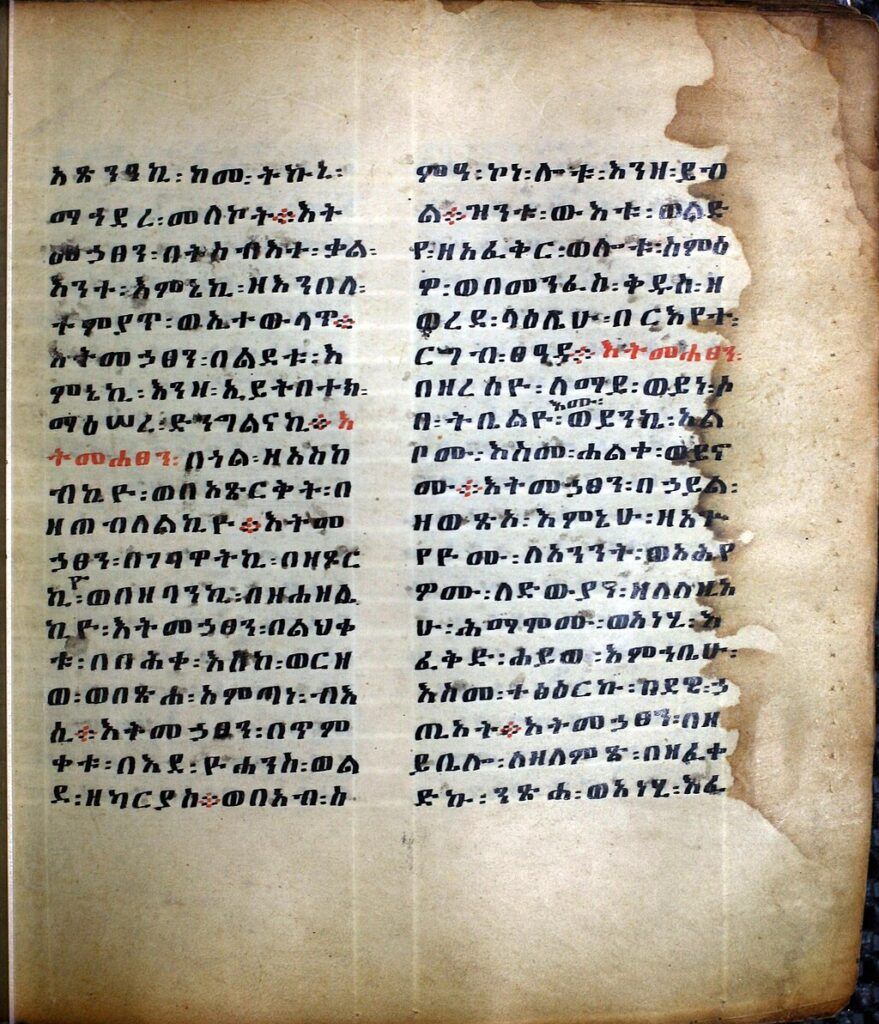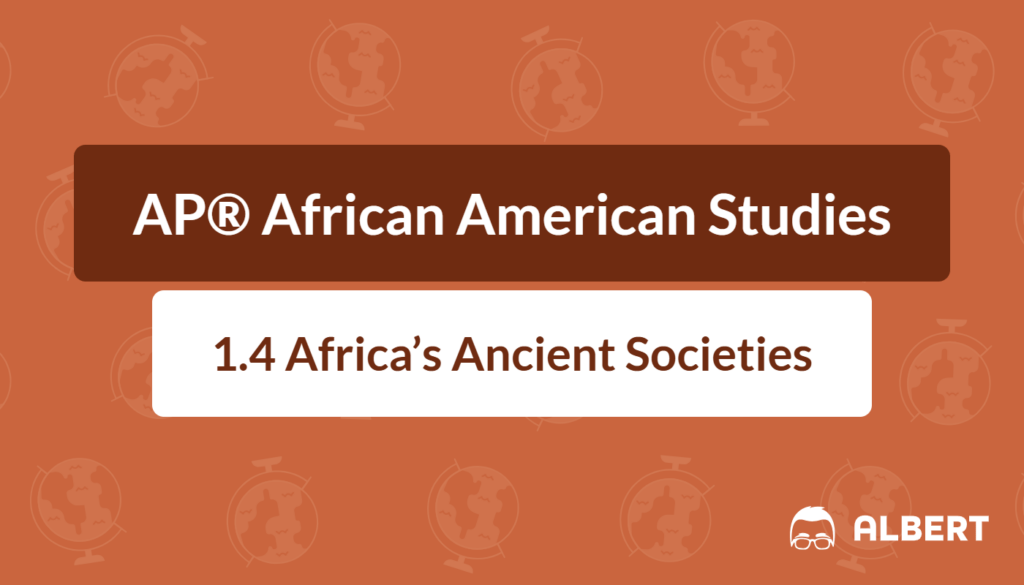What We Review
Exploring Africa’s Ancient Societies: A Study Guide
Studying the ancient African civilizations offers valuable insight into the origins of complex societies. These cultures paved the way for many advancements in art, trade, governance, and religion. Understanding them helps highlight the richness of African heritage and its influence on the world. This study guide explores four key civilizations—Egypt, Nubia, Aksum, and the Nok—while showing how they shaped African and global history. Each section explains the geographic context, core characteristics, main goods, and historical importance of these societies. By exploring ancient maps of Africa and examining African Nok culture or the Aksum Africa map, students gain a clear view of these influential regions.
Egypt and Nubia (Kush/Cush)
Geographic Context
Egypt and Nubia emerged along the Nile River around 3000 BCE. Ancient maps show that Nubia stretched across what is now southern Egypt and northern Sudan. Meanwhile, the kingdom of Egypt occupied the northern Nile region, centered around modern-day Cairo and extending outward. Their proximity to the Nile provided fertile land for agriculture and allowed trade routes to flourish between these communities.
Key Characteristics
These two kingdoms were known for their monumental architecture and strong social structures. Ancient Egypt built pyramids, developed hieroglyphic writing, and established a complex government led by pharaohs. Nubia developed its own cultural identity, though its society interacted closely with Egypt due to shared boundaries.
- Both societies relied heavily on the Nile for farming and transportation.
- Nubia had thriving gold mines, creating wealth and fueling competition with Egypt.
- Religion played a crucial role, with both regions worshipping multiple gods and building temples.
Goods Produced
Nubia was a source of Egypt’s gold and luxury trade items. These resources were essential to Egypt’s economy and political power. Additionally, Nubian artisans produced fine pottery and jewelry, contributing to the emergence of a vibrant culture. Egypt, on the other hand, exported grains, papyrus, and linen to neighboring regions, further boosting its regional prominence.
Historical Significance
Around 750 BCE, Nubia defeated Egypt, establishing the twenty-fifth dynasty of the Black Pharaohs. This victory showed that Nubia was far from a secondary player—it was a civilization capable of expanding and ruling beyond its borders. Nubian pharaohs continued Egyptian traditions but also introduced new cultural elements. Their rule lasted for about a century, leaving a legacy of artistic and architectural achievements that influenced later African states.
Example: The Rise of Nubia
- Early settlements began along the southern Nile, drawing on the region’s natural resources.
- Subsequently, trade connections grew between Egypt and Nubia, with gold and luxury items flowing northward.
- After periods of both cooperation and conflict, Nubia’s victories allowed the establishment of the famed Black Pharaohs and unified leadership over parts of Egypt.
The Aksumite Empire
Geographic Context
The Aksumite Empire emerged in eastern Africa around 100 BCE in what is now Eritrea and Ethiopia, strategically located near the Red Sea. Because it offered direct access to maritime trade routes, Aksum connected to the Mediterranean world, the Roman Empire, and even India.
Key Characteristics
Aksum’s society promoted commerce, agriculture, and advanced cultural practices. The empire is especially noted for:
- Constructing tall stone pillars called stelae, which served as markers for important sites.
- Developing a written script called Ge’ez, which remains part of Ethiopian Orthodox liturgy.
- Establishing a complex administrative system that fostered growth in trade and diplomacy.

Goods Produced
Aksum prospered thanks to agriculture, including wheat, barley, and various fruits. The empire also minted its own coins, demonstrating economic independence and stability. These coins, featuring the rulers’ images, showed the empire’s ability to manage trade and handle currency across vast distances.
Historical Significance
Under King Ezana, Aksum officially adopted Christianity, making it the first African society to do so on its own terms—without colonial influence. This religious transformation deeply impacted how the empire interacted with other states. Aksumite currency and the Ge’ez script reinforced cultural identity. The empire’s position on the Red Sea allowed merchants to travel between Europe, Africa, and Asia, enabling a far-reaching exchange of ideas and customs.
Example: Aksum’s Trade Development
- Aksum took full advantage of its location near the Red Sea, creating seaports that welcomed traders from around the world.
- Frequent exchanges with Rome and India led to the empire’s prosperity.
- Aksum introduced its unique currency, cementing its reputation as an influential trade hub in the ancient era.
The Nok Culture
Geographic Context
The Nok culture flourished in present-day Nigeria around 500 BCE. Their settlements were scattered across the country’s central regions, where iron ore resources were abundant. Maps of ancient West Africa often highlight the Nok territory, showing its strategic position along trade paths linking various regions.
Key Characteristics
The Nok people established one of the earliest ironworking societies in sub-Saharan Africa. Their communities were organized into small groups, each developing specialized crafts. Notable features of Nok culture include:
- Firing terracotta sculptures that depicted human figures and animals.
- Creating iron tools and weapons, significantly improving farming and hunting.
- Wearing and crafting ornamental jewelry, which reflected social status and cultural creativity.
Goods Produced
The Nok produced terracotta statues, pottery, and iron tools. These items were the most ancient evidence of a settled society in sub-Saharan Africa. Their artwork often included detailed hairstyles and jewelry, suggesting a vibrant social life and the presence of skilled artisans. Ironworking gave the Nok a technological edge, enabling them to expand their influence.
Historical Significance
Nok artifacts demonstrate the complexity of early African societies, challenging outdated notions that Africa had few advanced cultures before outside influences. Their terracotta art, which has survived in fragments, reveals a society enriched by creativity and technical expertise. Scholars also note that Nok ironworking likely influenced neighboring cultures, contributing to advancements across the region for centuries.
Example: Nok Culture’s Artistic Innovations
- Archaeologists initially discovered terracotta sculptures in the early 1900s, revealing an unknown and advanced culture.
- Further research uncovered the Nok’s methods of creating detailed pottery and iron implements.
- These innovations helped shape later West African communities, influencing artistic styles and skill sets.
Cultural and Historical Significance of Ancient African Societies
Affirmation of Identity
Ancient African civilizations such as Egypt, Nubia, Aksum, and the Nok laid a foundation for understanding Black communities’ heritage. Their achievements confirm Africa’s role in contributing to art, religion, governance, and more. Consequently, many people today find affirmation in learning about these societies, recognizing the deep historical roots that connect modern African identities with a celebrated past.
Influence on Literature and Thought
From the late eighteenth century, African American writers referenced ancient Africa to challenge racist stereotypes that labeled African societies as simplistic or disorganized. These works highlighted the complexity of civilizations like Nubia or Aksum, lending scholarly proof to contest harmful myths. Therefore, these texts formed part of the early canon of African American Studies, giving readers a powerful reminder of the continent’s achievements.
Implications for Modern Political Thought
During the mid-twentieth century, research into ancient African states provided evidence of Africa’s capacity for sovereignty and self-governance. Consequently, this scholarship influenced independence movements, showing that Africans had historical precedents for advanced leadership and societal development. Armed with these findings, nationalist leaders argued for freedom from colonial rulers, underscoring the significance of ancient history in shaping modern political futures.
Example: Influence on African American Literature
- In the late 1700s, writers began incorporating references to Egypt and Cush (Nubia) into their publications, emphasizing the parallels between African history and other recognized world civilizations.
- They underlined the presence of established government systems and refined artistic practices, offering evidence against stereotypes of African inferiority.
- These discussions fostered a deeper appreciation for African heritage, inspiring further exploration of Africa’s ancient legacy in modern thought.
Sources and Visual References
1. Image of Aksumite Coin Showing King Ezana, Circa 340–400
- Historical Context: This coin highlights King Ezana’s reign and the empire’s economic capacity. As Aksum moved toward Christianity, coins often featured crosses, reflecting the empire’s religious shifts.
- Relevance & Impact: The use of currency underscores Aksum’s engagement in international trade. It reveals a sophisticated economy that influenced how historians now view Africa’s ancient states.
2. Image of Nok Sculpture, Circa 900 BCE–200 CE
- Historical Context: Nok sculptures, often depicting human heads with elaborate hairstyles, show the society’s strong artistic tradition.
- Relevance & Impact: These terracotta pieces prove that the Nok possessed advanced methods for firing clay. Today, researchers connect these findings to broader developments in African art and technology, thus reshaping global perceptions of early Africa.
Quick Reference Chart
| Term | Definition |
| Ancient Civilizations | Early complex societies like Egypt, Nubia, Aksum, and Nok. |
| Nubia (Kush) | A powerful ancient kingdom known for gold resources and ruling Egypt as the Black Pharaohs. |
| Aksum | An empire that grew through maritime trade, coined its own currency, and adopted Christianity. |
| Nok Culture | An early society in Nigeria, recognized for ironworking and distinctive terracotta sculptures. |
| Ge’ez | An ancient Aksumite script, still used in Ethiopian Orthodox Church services. |
Conclusion
Understanding the depth and diversity of ancient African civilizations reveals a legacy of creativity, innovation, and leadership that shaped world history. These societies—Egypt, Nubia, Aksum, and the Nok—demonstrated complex social structures, advanced technologies, and strong political systems. Much like any other early civilization, they experienced growth, conflict, and cultural exchange. Their accomplishments continue to inspire and empower modern Black communities, influencing literature, political movements, and personal identities. Exploring Africa’s ancient maps, whether studying Aksum or considering the impact of African Nok culture, helps students appreciate the continent’s longstanding traditions of resilience and ingenuity and recognize Africa’s key role in shaping global civilization.
Sharpen Your Skills for AP® African American Studies
Are you preparing for the AP® African American Studies test? We’ve got you covered! Try our review articles designed to help you confidently tackle real-world AP® African American Studies problems. You’ll find everything you need to succeed, from quick tips to detailed strategies. Start exploring now!
Need help preparing for your AP® African American Studies exam?
Albert has hundreds of AP® African American Studies practice questions, free response, and full-length practice tests to try out.









